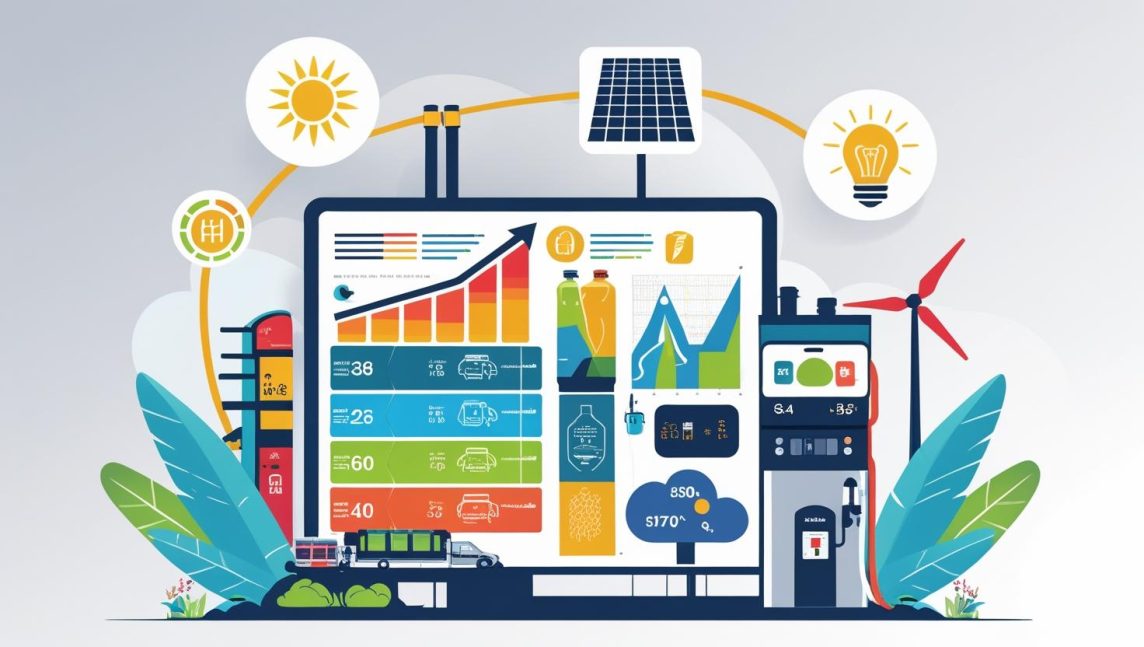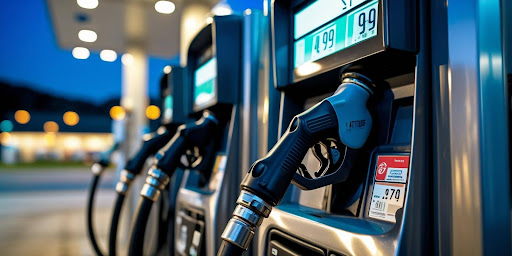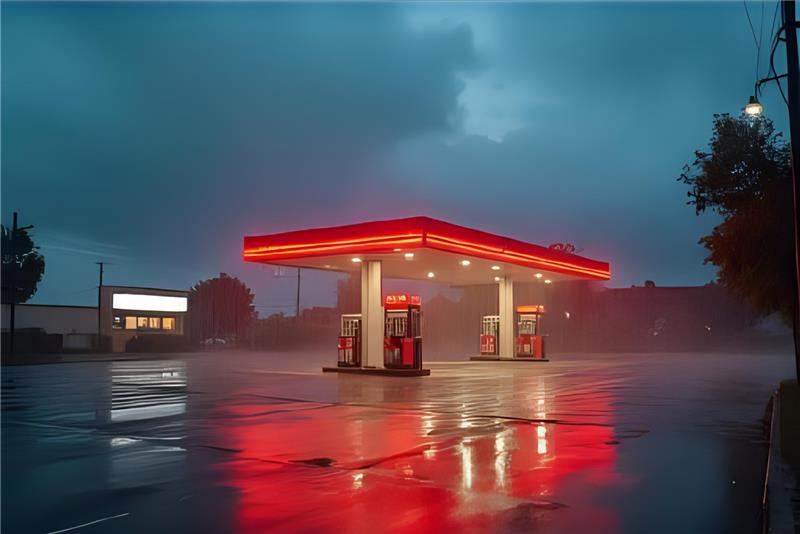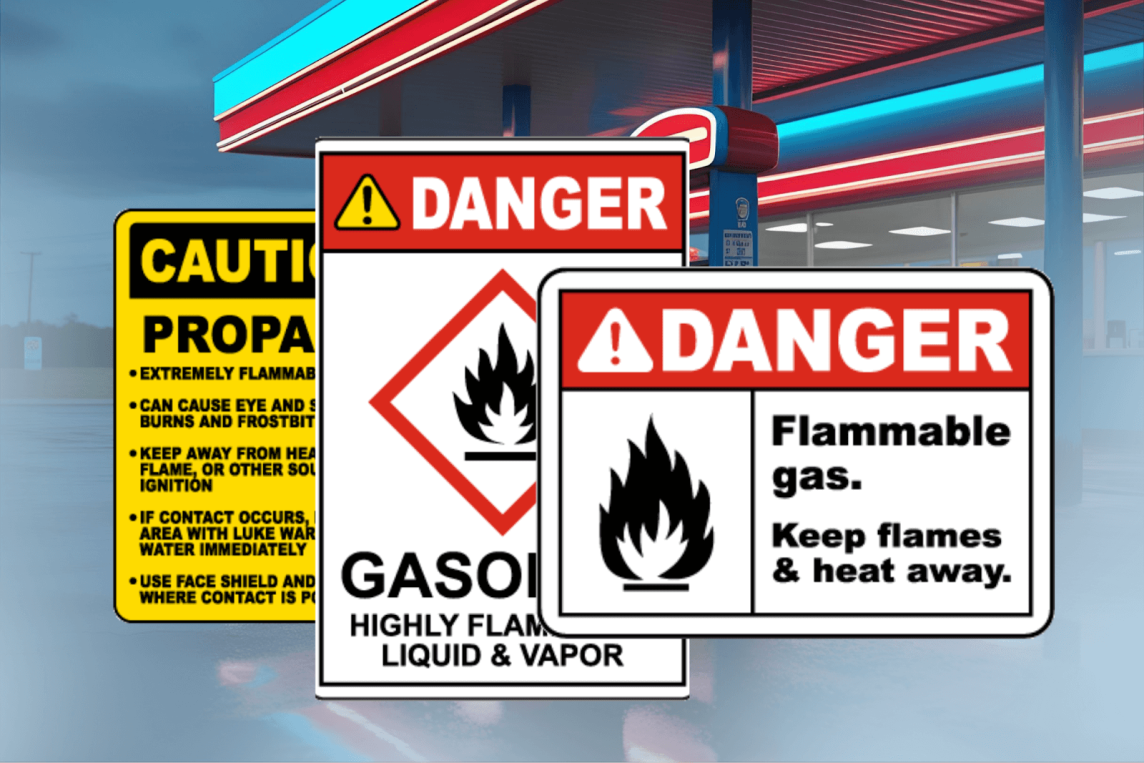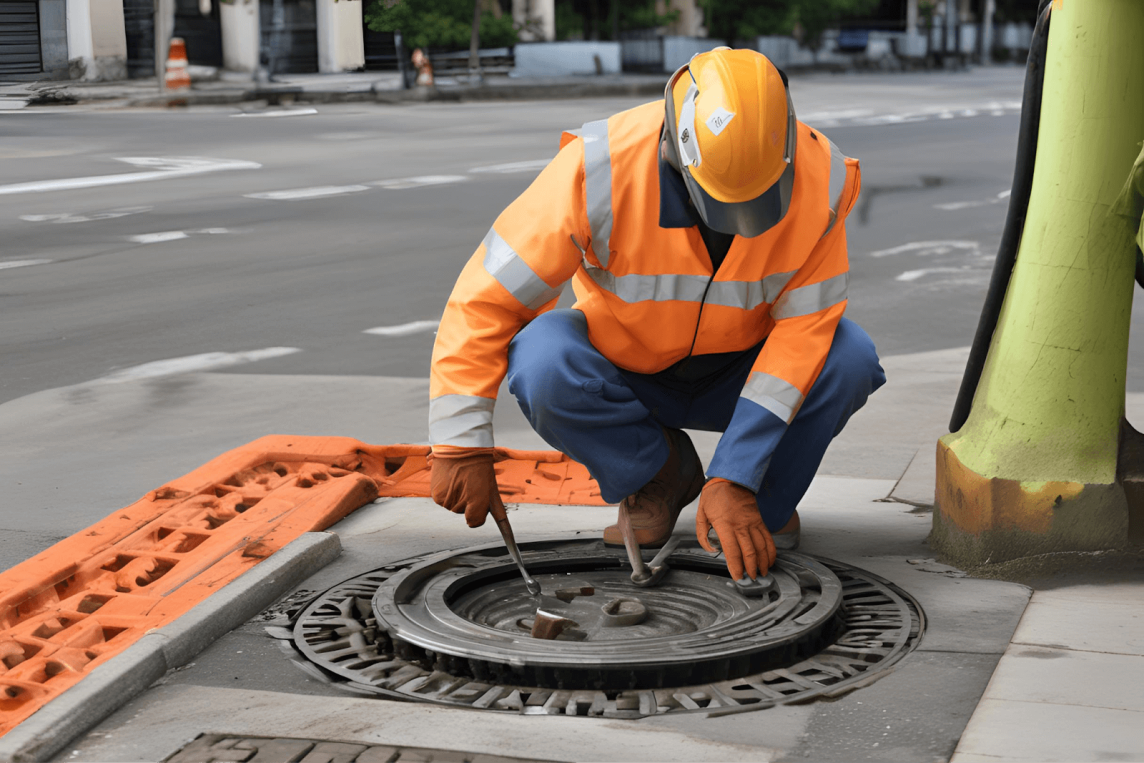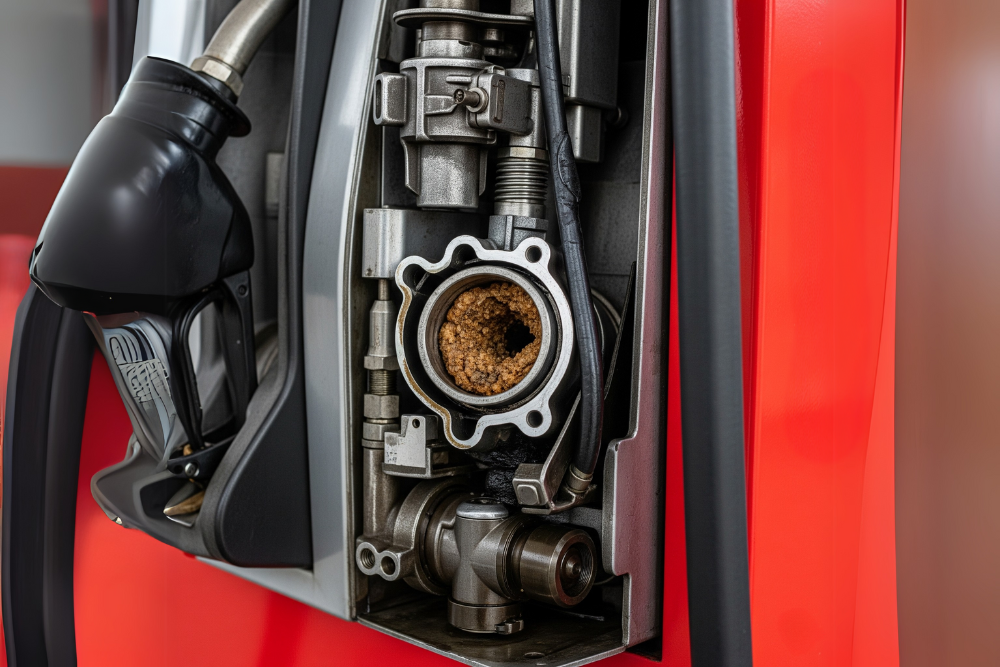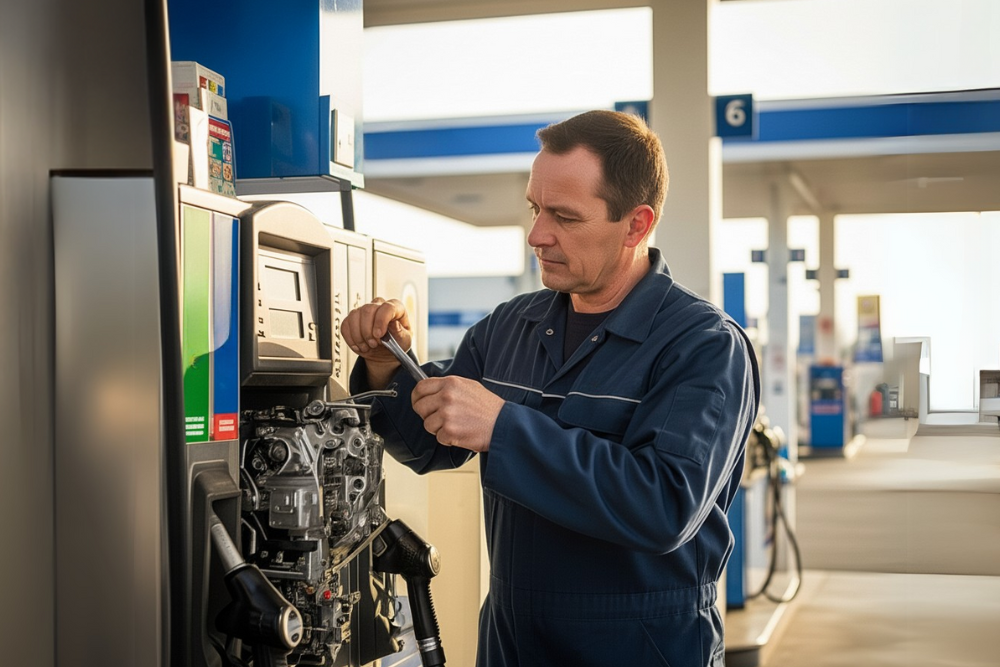In a highly competitive fuel industry, it’s no longer enough for gasoline stations to offer fuel at reasonable prices. To truly win and retain customers, gasoline stations need to think like marketers and service providers. From the moment a driver sees your station to the moment they leave, every touchpoint matters. Here’s how your station can stand out and win more customers.
1. Understand Your Local Market
Start by identifying who your customers are. Consider whether your customers are long-distance drivers, local residents, or delivery personnel. Each type of customer brings unique expectations and requirements. For instance, truckers and ride-hailing drivers often value fast service and transparent transactions so having fuel pumps and dispensers that are accurate and reliable can make a big difference. Understanding preferences helps you design a better customer experience and choose the right equipment and services to support your business.
2. Prioritize Forecourt Appearance and Lighting
Visual appeal is an important factor in attracting customers. Your gas station should always be clean, well-lit, and clearly marked. A well-maintained station tells people your business is trustworthy and reliable. Additionally, since many drivers refuel in the early morning or late evening, proper lighting becomes even more important. A brightly lit station not only attracts more customers during darker hours but also creates an atmosphere of safety, cleanliness, and professionalism. To win more customers, consider investing in high-quality LED lighting for your forecourt and canopy areas.
3. Offer Customer-Centered Services
Adding extra features such as air pumps, well-maintained restrooms, and small convenience shops can greatly improve how customers feel during their visit. You might also collaborate with local food sellers or provide mobile payment solutions. These conveniences show customers that you value their time and comfort, increasing the likelihood that they’ll make another visit.
4. Launch Loyalty Programs
A simple loyalty program like a stamp card or points system can go a long way. Offer discounts or freebies after numerous visits. Programs like these are not just about rewards, they’re about creating relationships.
5. Strengthen Online Presence
Your gas station should be visible online especially on Google Maps, Facebook, and other local directories. Make sure your business hours, address, and contact details are accurate. Share updates, promotions, or fuel price changes regularly on your social media pages. You can even run geo-targeted ads to draw in nearby motorists.
Want more customers to your gasoline station?
Attracting more customers to your gasoline station is about building trust, offering value, and delivering a positive customer experience every time. TOIC supports gas station owners in the Philippines by providing high-quality fuel dispensers and expert insights to help your business grow. Contact us now and let us help you take your station to the next level.
Why Choose TOIC Solutions?
Trans-Overseas Industrial Corporation (TOIC) Solutions, established in 1976, has been the trusted partner for fuel dispensers, fuel pumps, service station equipment, and the gas station industry in the Philippines. As a leading distributor of advanced fueling technology, we provide reliable, efficient, and durable solutions that enhance the performance of your fueling operations.
With years of expertise and strong partnerships with multinational corporations, TOIC delivers top-quality products, including automatic tank gauging, tank calibration, wetstock management, POS service station systems, and tank testing. If you’re looking to upgrade your fueling system, reduce operational costs, and ensure precision in every transaction, TOIC Solutions is the name to trust. Talk to us!

